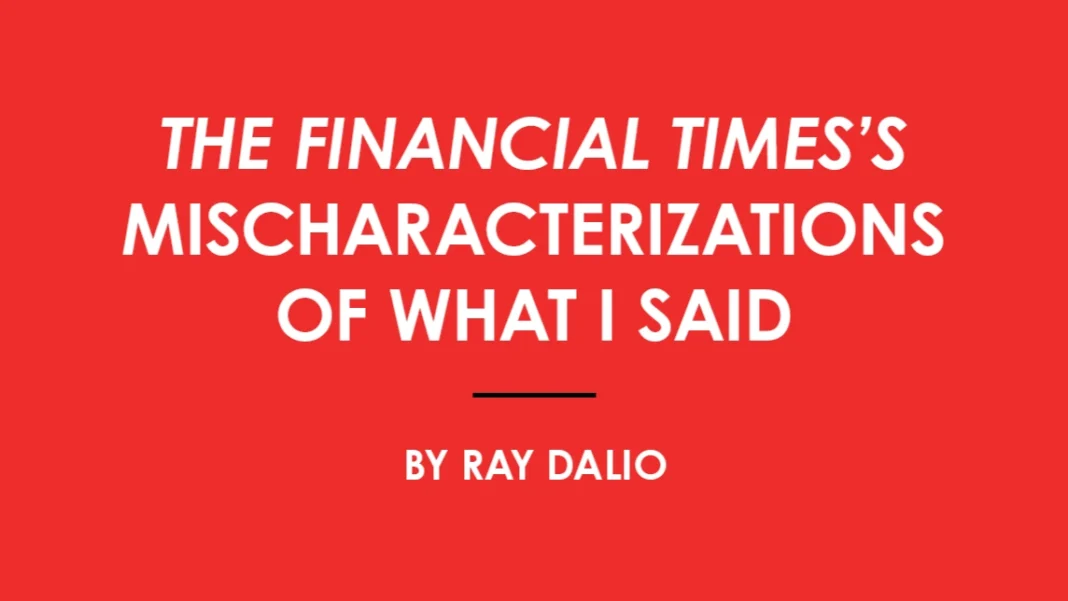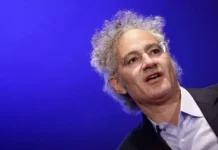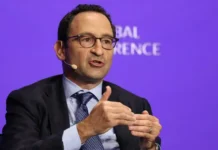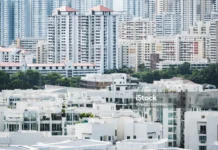Legendary investor Ray Dalio, founder of Bridgewater Associates, has long studied the rise and fall of economic empires. His framework, known as the Big Debt Cycle, explains how nations accumulate debt, expand prosperity, and eventually suffer painful corrections.
In September 2025, Dalio accused the Financial Times of mischaracterizing his views. To set the record straight, he released the full written Q&A he had submitted. The result is one of the most comprehensive and urgent warnings of his career.
Dalio’s central claim: America is approaching a “debt-induced economic heart attack” within the next few years. If left unaddressed, this could undermine the dollar’s global dominance, weaken investor confidence, and trigger a period of political, financial, and social upheaval comparable to the 1930s and 1970s.
This article unpacks Dalio’s analysis, places it in historical context, and explores what investors can learn today.
Understanding Ray Dalio’s Big Debt Cycle
Dalio’s Big Debt Cycle is a framework that describes how economies move through predictable stages:
- Early Cycle (Healthy Growth): Debt fuels productive investment, income rises, and debt remains manageable.
- Middle Cycle (Excess Builds): Borrowing increases faster than incomes, speculative behavior rises, and debt burdens grow.
- Late Cycle (Crisis Phase): Debt servicing costs overwhelm growth, confidence erodes, central banks intervene, and the system resets.
Dalio argues that the U.S. is now in the late stage of this cycle, with debt burdens unsustainable and central banks forced into dangerous trade-offs.
Debt and Inflation: The Looming Heart Attack
America’s Soaring Debt Load
The U.S. government now faces:
- $1 trillion in annual interest payments
- $9 trillion in debt rollovers coming due
- $2 trillion in additional annual borrowing to cover deficits
This creates a vicious cycle: as debt rises, more income is required to service it, squeezing out other spending. Like cholesterol clogging arteries, debt threatens to choke off the economy’s circulation system.
Dalio warns that within three years (give or take two), America may face a debt-induced economic heart attack.
Inflation and the Federal Reserve’s Dilemma
The Federal Reserve is trapped between two bad options:
- Raise rates to satisfy creditors → risks debt defaults and economic collapse.
- Print money to suppress rates → risks inflation and a collapse in the dollar’s value.
This is the hallmark of the late debt cycle, where central banks lose credibility and money itself loses purchasing power.
Historical Parallels: 1930s and 1970s
Dalio draws comparisons to two past crises:
- 1930s Great Depression: Excessive debt and weak growth forced governments into massive money printing and authoritarian policies worldwide.
- 1970s Stagflation: High inflation, weak growth, and declining trust in the dollar led to gold’s surge and the end of the Bretton Woods system.
In both cases, the financial system reset. Dalio suggests we are entering a similar period of transition and turbulence.
Fed Independence and Political Pressures
Traditionally, the Federal Reserve is independent from political leaders, allowing it to balance the interests of creditors and debtors. But recent threats by Trump to fire Fed Chair Jay Powell have raised fears of politicization.
If investors believe the Fed will artificially suppress rates, U.S. bonds lose value as a store of wealth. Already, international investors are reducing U.S. bond exposure and turning to gold and other assets.
This erosion of confidence is a classic late-cycle indicator.
Trump’s Economic Interventionism
Dalio noted Trump’s interventions in companies such as Intel, Nvidia, and U.S. Steel, describing them as early signs of state capitalism with American characteristics.
While Dalio avoids labels like “authoritarian” or “socialist,” he emphasizes that history shows a clear pattern: during times of crisis, governments increase control over business and technology, especially in geopolitical and economic wars.
This trend mirrors the 1928–1938 period, when democratic systems weakened and autocratic leadership expanded.
Global Confidence in the Dollar and U.S. Treasuries
Dalio’s concern isn’t limited to U.S. politics. The larger problem is that America’s debt trajectory undermines its role as the world’s financial safe haven.
- Foreign investors are diversifying away from Treasuries.
- Gold demand is rising.
- Cryptocurrencies are becoming more attractive as alternative stores of value.
While Dalio does not believe crypto will fully replace the dollar, he acknowledges its role as a hedge against fiat debasement.
Cryptocurrency, Stablecoins, and the Dollar
Dalio outlined a nuanced view on digital assets:
- Stablecoins: No systemic risk if well-regulated, though Treasuries’ falling real value is a concern.
- Crypto: Limited supply makes it attractive when fiat currencies are being debased.
- Dollar Reserve Status: More threatened by debt and deficits than by deregulation.
He sees parallels to the 1970s shift away from the dollar under Bretton Woods, when gold and hard assets surged.
The Five Forces Shaping the Next 5 Years
Dalio identifies five megatrends that will determine the future:
- Debt Crisis: The late stage of the Big Debt Cycle threatens monetary stability.
- Political Polarization: Deep divisions make compromise nearly impossible.
- Geopolitical Tensions: U.S.-China rivalry and global conflicts destabilize trade and finance.
- Acts of Nature: Climate change, pandemics, and natural disasters increase systemic risks.
- Technological Revolution: Artificial intelligence will transform economies, but with disruptive side effects.
The interaction of these forces, Dalio argues, will bring “huge and unimaginable changes” in the next five years.
Investor Takeaways: How to Prepare
For long-term investors, Dalio’s analysis suggests several strategies:
1. Diversify Beyond the Dollar
Holding only dollar-denominated assets could be risky. Consider exposure to foreign currencies, gold, and digital assets.
2. Hedge Against Inflation
Inflation erodes purchasing power. Commodities, real estate, and inflation-linked bonds can provide protection.
3. Own Hard Assets
Dalio has consistently favored gold as a hedge during late-cycle debt crises.
4. Watch Central Bank Policy
The Fed’s credibility will be key. If independence weakens, confidence in the dollar may fall sharply.
5. Balance Risk and Resilience
Dalio’s principle of “don’t bet on any one outcome” means building a portfolio that can withstand multiple scenarios, from inflation to deflation.
A Historic Turning Point
Ray Dalio’s warning is not about short-term politics but about the structural forces shaping the U.S. and global economy. America’s debt burden, political polarization, and weakening financial credibility all point to the late stages of the Big Debt Cycle.
History suggests such transitions bring painful adjustments—but also opportunities for those who prepare. As Dalio himself has said, “If you don’t own gold, you know neither history nor economics.”
For investors, the lesson is clear: the next five years will demand vigilance, diversification, and a deep understanding of the forces reshaping global finance.



